
Blackface is the practice of performers using burnt cork, shoe polish, or theatrical makeup to portray a caricature of black people on stage or in entertainment. Scholarship on the origins or definition of blackface vary with some taking a global perspective that includes European culture and Western colonialism. Scholars with this wider view may date the practice of blackface to as early as Medieval Europe's mystery plays when bitumen and coal were used to darken the skin of white performers portraying demons, devils, and damned souls. Still others date the practice to English Renaissance theatre, in works such as William Shakespeare's Othello.
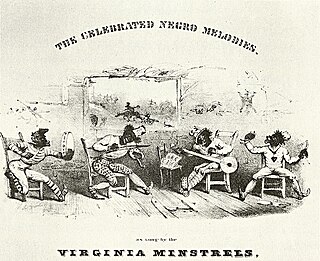
The minstrel show, also called minstrelsy, was an American form of theater developed in the early 19th century. The shows were performed by mostly white actors wearing blackface makeup for the purpose of comically portraying racial stereotypes of African Americans. There were also some African-American performers and black-only minstrel groups that formed and toured. Minstrel shows stereotyped blacks as dimwitted, lazy, buffoonish, cowardly, superstitious, and happy-go-lucky. Each show consisted of comic skits, variety acts, dancing, and music performances that depicted people specifically of African descent.

Christy's Minstrels, sometimes referred to as the Christy Minstrels, were a blackface group formed by Edwin Pearce Christy, a well-known ballad singer, in 1843, in Buffalo, New York. They were instrumental in the solidification of the minstrel show into a fixed three-act form. The troupe also invented or popularized "the line", the structured grouping that constituted the first act of the standardized three-act minstrel show, with the interlocutor in the middle and "Mr. Tambo" and "Mr. Bones" on the ends.

The Ethiopian Serenaders was an American blackface minstrel troupe successful in the 1840s and 1850s. Through various line-ups they were managed and directed by James A. Dumbolton (c.1808–?), and are sometimes mentioned as the Boston Minstrels, Dumbolton Company or Dumbolton's Serenaders.

Christopher Haverly (1837–1901), better known as J. H. Haverly or John H. "Jack" Haverly, was an American theatre manager and promoter of blackface minstrel shows. During the 1870s and 1880s, he created an entertainment empire centered on his minstrel troupes, particularly Haverly's United Mastodon Minstrels and Haverly's Colored Minstrels. Under his guidance, these troupes grew to impressive sizes and featured elaborate sets and costumes. They toured widely, enlarging minstrelsy's audience to encompass the entire United States as well as England. Haverly's methods sparked a revolution in minstrelsy as other troupes scrambled to compete. As the costs of minstrelsy increased, many troupes went out of business.

Sam Lucas was an American actor, comedian, singer and songwriter. His birth year has also been reported as 1839, 1841, 1848 and 1850.
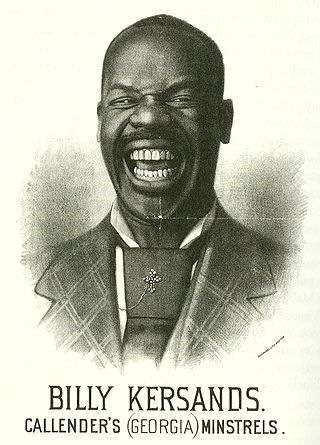
Billy Kersands was an African-American comedian and dancer. He was the most popular black comedian of his day, best known for his work in blackface minstrelsy. In addition to his skillful acrobatics, dancing, singing, and instrument playing, Kersands was renowned for his comic routines involving his large mouth, which he could contort comically or fill with objects such as billiard balls or saucers. His stage persona was that of the dim-witted black man of the type that had been popularized in white minstrel shows. Modern commentators such as Mel Watkins cite him as one of the earliest black entertainers to have faced the dilemma of striking a balance between social satire and the reinforcement of negative stereotypes.
Wallace King was an African American minstrel performer from the 19th century. He played with Callender's Georgia Minstrels, and in 1882 was second to only Billy Kersands in pay and popularity. King was a "Sweet Singing Tenor" and known for his emotional, romantic ballads.

Haverly's United Mastodon Minstrels was a blackface minstrel troupe created in 1877, when J. H. Haverly merged four of the companies he owned and managed.
Sam Hague was a British blackface minstrel dancer and troupe owner. He was a pioneering white owner of a minstrel troupe composed of black members, and the success he saw with this troupe inspired many other white minstrel managers to tour with black companies.

Primrose and West was an American blackface song-and-dance team made up of partners George Primrose and William H. "Billy" West. They later went into the business of minstrel troupe ownership with a refined, high-class approach that signaled the final stage in the development of minstrelsy as a distinct form of entertainment.
Bob Height was an American 19th century African-American blackface minstrel performer. He was a standout talent in the companies with which he performed, although frustrations eventually drove him to pursue a career in Europe. Later writers have compared him to his contemporary, Bert Williams.
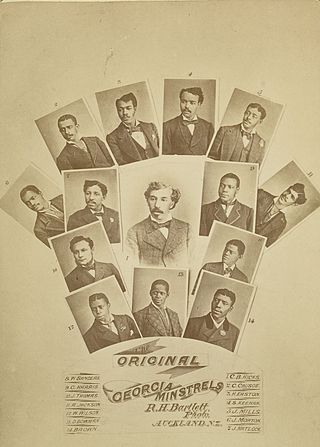
Brooker and Clayton's Georgia Minstrels was the first popular African American blackface minstrel troupe. The company was formed in 1865. Under the management of Charles Hicks, the company enjoyed success on tour through the Northeastern United States in 1865 and 1866. They billed themselves as "The Only Simon Pure Negro Troupe in the World" and their act as an "authentic" portrayal of black plantation life. One ad claimed their troupe was "composed of men who during the war were SLAVES IN MACON, GEORGIA, who, having spent their former lives in Bondage. .. will introduce to their patrons PLANTATION LIFE in all its phases." For their part, the public and press largely believed them. One New York newspaper called them "great delineators of darky life" and said that they presented "peculiar music and characteristics of plantation life."
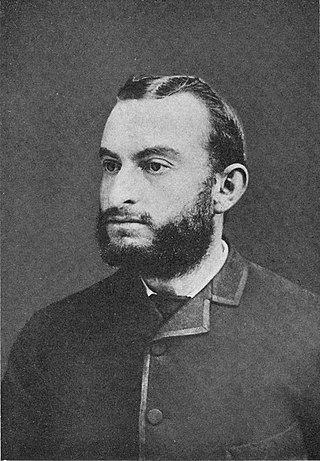
Gustave Frohman was a theatre producer and advance man. He was one of three Frohman brothers who entered show business and he worked for most of his career alongside his brother, Charles Frohman. These two financed a number of theatre productions, often featuring African American actors. For instance, in 1878, they starred Sam Lucas in the first serious stage production of Uncle Tom's Cabin with a black man in the lead role.
Charles Barney Hicks was an American advance man, manager, performer, and owner of blackface minstrel troupes composed of African-American performers. Hicks himself was a minstrel performer who could sing and play challenging roles such as the minstrel-show interlocutor or endmen. However, he was most interested in the business side of minstrelsy. Over the course of his career, he worked with most successful black minstrel troupes as manager, owner or both. The white-dominated minstrel market proved hostile to a black owner, and Hicks had to travel abroad or manage for white owners in order to make a reliable living. Nevertheless, both white and black rivals came to respect him. One observer in 1891 wrote, "This man Hicks was a dangerous man to all outside managers and they all were afraid of him." In 1912, Hicks was the sole African American listed on M. B. Leavitt's list of "best known advance agents during the last fifty years".

Lew Johnson was an African-American owner and business manager of blackface minstrel troupes composed of African-American performers. His career began in the mid-1860s and spanned 25 years. Johnson is the only black minstrel-troupe owner to have enjoyed any consistent success. This was due to his keeping well away from the lucrative markets dominated by white owners. He primarily toured in the Midwestern and Western United States, playing countless one-nighters in rural settlements. The people in these areas could be racist, which made the itinerant lifestyle a hard one for Johnson and his minstrels. Johnson made a brief venture into the Eastern market in 1886, but his troupe fared poorly and fled back west.
The stump speech was a comic monologue from blackface minstrelsy. A typical stump speech consisted of malapropisms, nonsense sentences, and puns delivered in a parodied version of Black Vernacular English. The stump speaker wore blackface makeup and moved about like a clown. Topics varied from pure nonsense to parodies of politics, science, and social issues, as well as satirical commentary on political and social issues. The stump speech was a precursor to modern stand-up comedy.
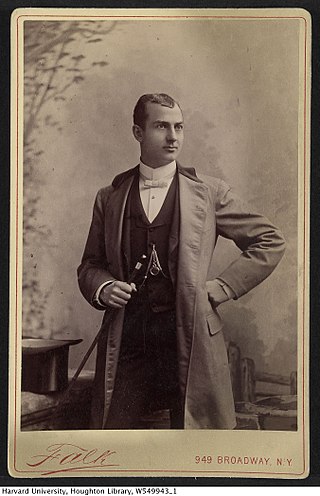
William H. West was an American blackface performer.
Tom McIntosh was an African-American comedian who starred in many minstrel shows in the US from the 1870s to the 1900s. He was considered one of the funniest performers in this genre.












